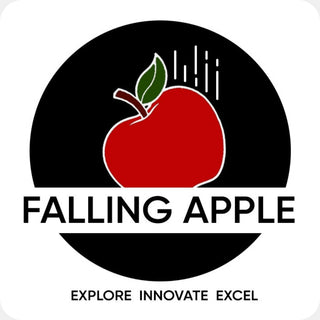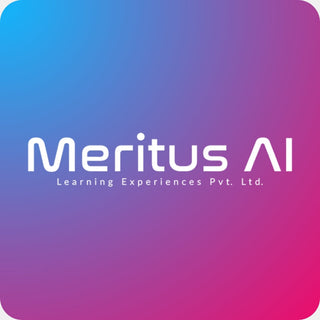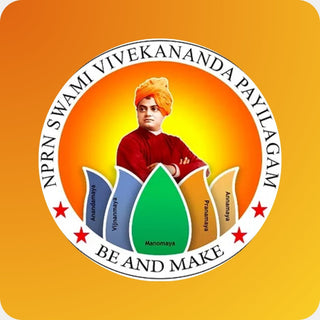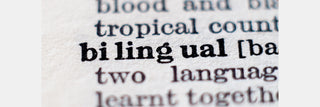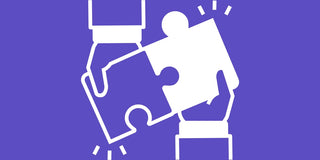Which one would you recollect better - 3D shapes or calculus formulae? My bet is on the former, and there is a reason behind it. Our brains are trained to absorb and assimilate visual information over text and this is precisely why we tend to remember the 3D shapes for a longer period of time since teachers use real-life wooden models to explain the concepts to us. They are not only visual but also tangible, as opposed to abstract calculus concepts.
Employing a visual teaching aid is a common way to make learning more interactive and fun. Let us explore some creative ways in which teachers can pique the collective interest of students and make the process of learning more delightful:
Make the most of flashcards
A great way to teach children and help them remember lessons is to use flash cards. They are an excellent way to improve memory by making the student recall information correctly. With the steady use of these cards, students will see an increase in content retention. Since this involves a visual element in the form of colourful cards, children would enjoy using them for learning, as well.
Craft Aids
As a teacher, you can explore several options for visual aids. While flashcards are the easiest and most popular option, some other methods to consider include posters, a spinning wheel, paper collages and robot puppets. These will make the concepts easy to remember and retrieve.
Make use of Experiments
This can play a vital role in subjects like physics and chemistry, where there is a lot of scope to employ experiments for teaching complex ideas. A few common experiments you can try for upcoming classes are lemon battery, baking soda balloon experiment, back-and-forth motion, colour-changing chemistry, etc. These will help students remember the procedure and outcomes for a long time to come since they will attempt to learn in-depth, in a pragmatic manner.
For instance, a good experiment to exhibit to students would be to illustrate the concept of evaporation. You can select a few students, fill a cup with water and hand over one to each child. Instruct them to go to a specific spot in the playground and pour the water. Once that is over, tell them to trace the shape of the poured water with a piece of chalk. Ask them to come back after an hour and check the results for themselves. They will discover that the water is gone when they return after the stipulated time. Since they perform the experiment and understand the process all by themselves, they will not forget it easily. Hence, it becomes a win-win situation and is an excellent way to deliver important lessons.
Split lessons into bite-sized topics
Split large topics into smaller chunks in order to deliver lessons properly to children. This will also aid them in engaging more with the subject. After teaching the corresponding chunks, you can allot micro-sized goals such as “learn 4 new formulae” or “write a summary for the first page”. This will not only facilitate thorough learning of the concepts but also promote goal fulfilment. Students will also be delighted since they will be able to accomplish their goals and get good scores on the assignments/tests, as well.
Learn through Play
It is often said that too much work and no play leads to a lack of excitement or creativity. Monotonous learning also gets boring and makes children lose focus. You can incorporate board games and role-playing as effective learning tools. Building blocks can be handy in teaching mathematical concepts like shapes and symmetry. Board games can hone strategy-based thinking and refine fundamental concepts such as arithmetic or vocabulary. Role-playing can help foster empathy by getting into the shoes of different characters. Apart from this, it can also aid in developing creativity and problem-solving, which are critical skills to possess.
Field Trips
Learning from outside treks helps students engage with the real world and gives them value beyond the four walls of the class. Common options are museum visits, plays/dramas, farm visits, recycling centres and botanical field visits. Encourage students to describe the trip in the form of a summary. This will aid them in recollecting what they learned and putting it into paper, thereby, helping them articulate their takeaways in a satisfying manner.
The human brain is wired to focus only for a short span of time. Hence, using practical tools and gamifying lessons will go a long way in making learning fun for students. Apart from the aforementioned methods, you can come up with your own ideas to deliver lessons effectively - after all, nothing can beat the satisfaction of a class well taught and a lesson well learnt.




